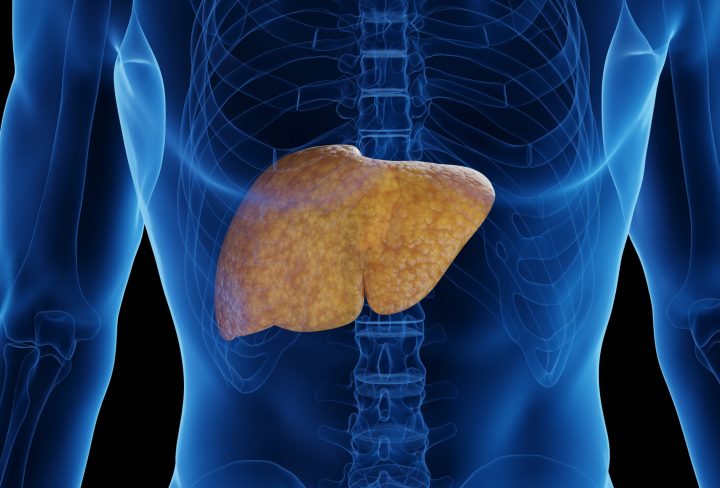Autoimmune liver disease is a condition that prompts your immune system to attack your liver. This disease is a cause for concern as it can lead to serious liver damage if not detected early. Awareness and early diagnosis are crucial for effective management. Autoimmune liver disease affects people of all ages, genders, and ethnicities, making it important for everyone to have a basic understanding. Public knowledge can lead to early detection and treatment, potentially avoiding severe liver complications.
Exploring Types of Autoimmune Liver Diseases
Several types of autoimmune liver diseases exist, each affecting different parts of the liver. Autoimmune Hepatitis (AIH) occurs when your body’s immune system attacks liver cells. This leads to inflammation, which can cause liver damage if untreated. Primary Biliary Cholangitis (PBC) and Primary Sclerosing Cholangitis (PSC) target the bile ducts. These ducts move bile, a digestive fluid, out of the liver. Damage to these ducts can cause liver function issues. Understanding these types helps in recognizing the variety and scope of autoimmune liver disease. It’s important to be aware of these conditions to recognize potential symptoms early.
Decoding the Causes: Why Does Autoimmune Liver Disease Occur?
The causes of autoimmune liver disease remain largely unknown, but they likely involve a mix of genetic and environmental factors. The immune system, usually protecting the body from germs, unexpectedly begins attacking healthy liver tissue. This misdirected attack can stem from a genetic predisposition, where family history plays a role. Environmental aspects such as chronic infections, blood-related disorders, and other health challenges may also trigger the condition. While these causes remain uncertain, recognizing them can help in early detection and prevention efforts.
Potential triggers include:
- Chronic infections – Ongoing infections may provoke the immune response.
- Genetic factors – A family history of autoimmune conditions can increase susceptibility.
- Environmental influences – Toxins like chemicals and pollutants might contribute.
Understanding these causes of autoimmune liver disease allows for better awareness and potentially earlier intervention.
Identifying Risk Factors: Who Is Most Vulnerable?
Some people may face higher risks of developing autoimmune liver disease. Key risk factors include family history, where having relatives with autoimmune diseases increases vulnerability. Both men and women can be affected, but it’s more common in women. Different ethnicities show varied risk levels, but no group is immune. Autoimmune conditions sometimes co-exist, so having another autoimmune disorder may increase risk.
Remember, anyone, from young children to older adults, can develop this disease. Awareness of these risk factors allows for vigilant monitoring, which is crucial for timely autoimmune liver disease diagnosis.
Recognizing the Signs: Common Symptoms of Autoimmune Liver Disease
In the early stages, autoimmune liver disease symptoms might be hard to spot. This is because the disease can progress quietly. Initial signs might include feeling unusually tired, having joint aches, experiencing abdominal discomfort, and seeing a yellow tinge in your skin or eyes, called jaundice. If it continues without treatment, more serious symptoms could develop, such as swelling in your legs, itchy skin, unexpected weight loss, and other signs of significant liver damage. Being aware of these autoimmune liver disease symptoms helps in seeking medical advice quickly.
Common signs to watch for:
- Fatigue or feeling tired all the time.
- Joint pain and tenderness.
- Abdominal discomfort, particularly in the upper right side.
Recognizing these early can help avoid more serious complications.
Navigating Diagnosis: How Is Autoimmune Liver Disease Identified?
Getting an autoimmune liver disease diagnosis isn’t usually straightforward. It often requires using several methods rather than just one test. Doctors will review your medical history and note any symptoms. They may order blood tests to look for signs of liver damage or immune activity. Imaging studies, like ultrasounds, might be necessary to see inside the body. If these tests aren’t conclusive, a liver biopsy may be recommended. This involves taking a small sample of liver tissue to examine.
It’s vital to complete these steps to have a clear understanding of your condition, paving the way for successful autoimmune liver disease treatment.
Exploring Treatment Options: Managing Autoimmune Liver Disease
The main aim of autoimmune liver disease treatment is to reduce inflammation and stop the liver from being damaged further. Medications like corticosteroids are often prescribed as they help in decreasing immune response. Immunosuppressants are another option; they work by lowering immune activity. Managing this condition involves regular monitoring to manage symptoms effectively. For autoimmune liver disease affecting bile ducts, symptomatic relief is a major focus. In some cases where the disease advances significantly, a liver transplant may be required to restore liver function.
Treatment strategies include:
- Corticosteroids to decrease inflammation.
- Immunosuppressants for immune control.
- Regular monitoring to track disease progress.
- Liver transplantation as a last resort.
Long-term management helps in maintaining a better quality of life.
Living with Autoimmune Liver Disease: Everyday Management Strategies
Daily management of autoimmune liver disease requires regular medical check-ups and blood tests to keep track of your health. It’s important to manage medication side effects effectively. Avoiding infections is crucial since the immune system may not fight as well due to treatments. Lifestyle plays a significant part; this includes eating a balanced diet, staying away from alcohol, and not consuming substances harmful to the liver. Support from groups or resources for patients and families can be really helpful.
Here are some tips:
- Regular doctor visits for monitoring.
- Balanced diet and avoid alcohol.
- Stay informed through support resources.
Proper management can make living with the disease more manageable.
Conclusion: Empowerment Through Awareness
Early detection and continuous management of autoimmune liver disease can lead to better outcomes. Awareness about this disease enables prompt action, leading to better treatment possibilities. If you or someone in your family fits the high-risk profile, it is beneficial to get regular check-ups. Being informed can help you catch symptoms early and seek proper treatment. Take charge and stay vigilant about your health. The more you know, the better you can manage your liver health.

